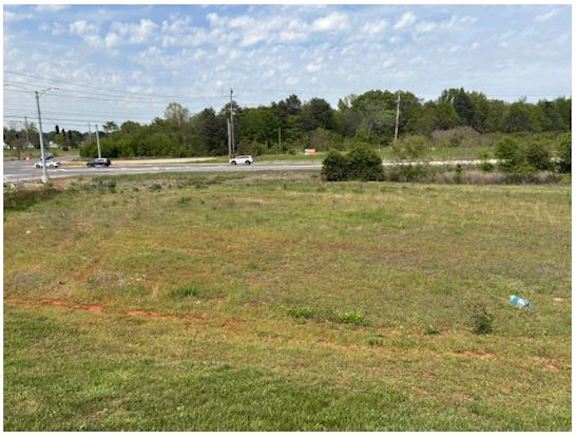CENSUS 2020: Athens, Lester lead county in self-response
Published 4:00 am Wednesday, April 1, 2020
More than one-third of Limestone County households have already taken the time to respond to the 2020 census, with Athens and Lester leading the pack.
Data from the U.S. Census Bureau shows 35.5% of Limestone County households have self-responded, meaning someone in the household took the time to respond of their own accord before a census worker visited the home to ask in person.
Trending
On Tuesday morning, the Lester community held the highest self-response rate with 35.7%. However, it stayed the same that afternoon as Athens moved from 35.5% to 36.6%, taking the lead.
The U.S. Census Bureau says it determines self-response rates using the number of housing units in an area. The rates include responses by mail, phone and online.
So far, Mooresville, Ardmore and Elkmont showed the lowest self-response rates with 22.7%, 24.0% and 24.9%, respectively.
Meanwhile, the state of Alabama has managed to stay ahead of the national self-response rate. As of Tuesday, 37.3% of Alabamians had completed a census form, while only 36.2% of Americans had done so.
You count
Answering the census is as simple as visiting 2020census.gov and answering a handful of questions. Those questions include the number of people who live in your household as of Census Day 2020, which is today, April 1, 2020. The form will also ask for information about a person living in the home, such as the head of household, and information about the home.
Trending
The census form will not ask about citizenship status, will not share your information with law enforcement and will not require your Social Security number, money or donations, political party information, bank information or credit card information. The U.S. Census Bureau warns anyone who visits your home claiming to be from the Department of Home Affairs on behalf of the census or asking for private information like bank account or credit card numbers is trying to scam you and should be reported immediately.
Residents can contact rumors@census.gov or visit 2020census.gov for a list of reported scams, false claims and other information related to the census.
The census can be completed online in one of 13 languages: English, Spanish, Chinese, Vietnamese, Korean, Russian, Arabic, Tagalog, Polish, French, Haitian Creole, Portuguese and Japanese.
Why it matters
Households in the United States or any of its five territories are strongly encouraged to respond to the census because the information gathered affects so many communities. The numbers help determine federal funding for roads, schools, Medicaid, community mental health services, hospitals, fire departments, public transit and more, according to the U.S. Census Bureau.
The bureau also notes businesses use the information to determine where to open a new location and where to recruit employees.
Congressional districts are affected, too. Alabama could lose a representative in D.C. based on its census count.
Important dates
Today is considered Census Day, but it’s not the only important date related to the census. Here are some of the other important dates listed on the census website:
• April 16 through June 19 — During this time, census takers will work with administrators at colleges, senior centers, prisons and other facilities that house large groups to count their residents;
• April 29 through May 1 — For three days, the U.S. Census Bureau will focus on counting individuals who are experiencing homelessness. This includes people at shelters, at soup kitchens, on the streets and in tents or nonsheltered, outdoor locations;
• May 27 through Aug. 14 — Over the summer, census takers will interview homes that haven’t responded, even if that means walking door to door in the Alabama heat to do it;
• December 2020 — President Donald Trump and Congress receive the apportionment counts from the Census Bureau by the end of the year, as required by law; and
• March 31, 2021 — By this time next year, the states will receive the information they need to redraw legislative districts based on population changes.





